
Update on the low volume vehicle manufacturers act
By Dean Larson
It’s been over two years since the passage of the Low Volume Motor Vehicle Manufacturers Act, which lays out a special set of provisions for small auto manufacturers in the United States. Established manufacturers, fresh entrepreneurs and potential buyers have looked on, patiently waiting to take advantage of the new system, but still we’re stuck in limbo. There’s not much out there on the web, so we went straight to our source, Stuart Gosswein, senior director of Federal Government Affairs for Specialty Equipment Market Association (SEMA), for an update.
If this is your first introduction to the low-volume bill, we suggest you get up to speed with our original comprehensive look at the law, but here’s a quick introduction for the time being. Included within a highway funding bill in 2015, the Low Volume Motor Vehicle Manufacturers Act creates a separate set of rules for manufacturers selling 325 or less replica vehicles per year in the United States. These companies will be permitted to sell complete vehicles without having to comply with some current NHTSA safety standards, and without going through expensive crash testing. However, the vehicles still need to comply with Environmental Protection Agency and/or California Air Resources Board emissions standards through the use of modern engine packages.
The key here is that these are complete, turnkey vehicles, a departure from the “kit car” approach that the entire low-volume industry has leaned on for years. This approach relied on a legal definition that stipulated a vehicle was only considered parts until the engine and drivetrain were installed. For this reason, the low-volume market has consisted of mostly kit cars and complete “rollers,” or “turnkey minus” vehicles.
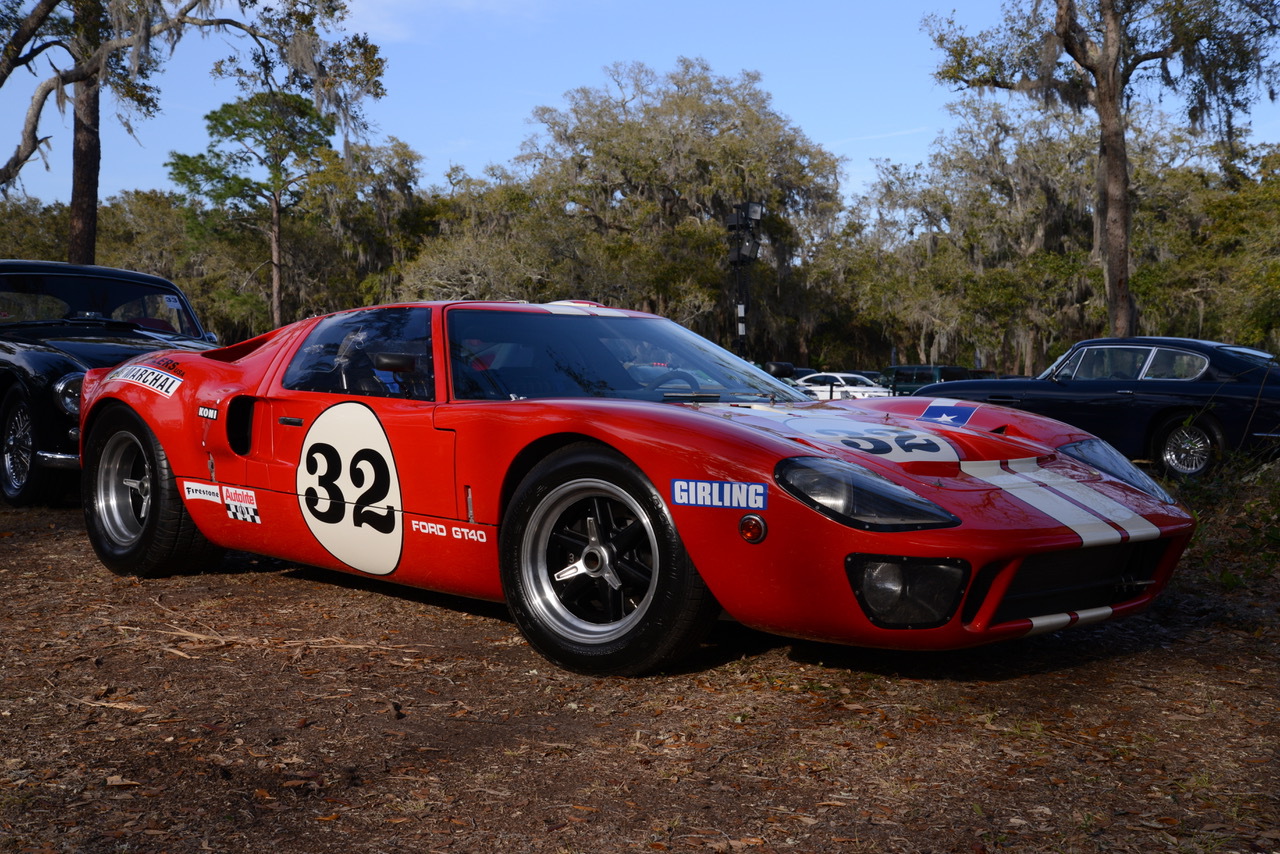
This GT40 replica from Race Car Replicas would be a prime candidate for the new legislation if Ford obtains CARB EOs for its engines.
Getting back to the current status of the bill, we find that its implementation continues to be bogged down by bureaucracy. When passed in 2015, the EPA and National Highway Traffic Safety Administration were given 12 months to issue any necessary regulations to implement the law, but the deadline passed without consequence. The documents are now in various stages of completion.
The EPA still needs to issue a finalized guidance document for approving compliant engine packages. SEMA reviewed and supported the EPA’s draft document and is awaiting issuance of the final guidance document. CARB is working through its engine package regulations, and those are expected later this summer. The big player, NHTSA, has yet to provide even a draft of their regulations, citing that several key NHTSA appointed positions remain unfilled and that the organization has its hands full with airbag and autonomous vehicle concerns.
The documentation that NHTSA is required to issue is not that complex either. Among other things, they need to give instructions on how low-volume manufacturers can register with NHTSA and report the vehicles they sell in a given year. Seeking to expedite the process, SEMA suggested ways to register and start production while NHTSA continues to draft the regulations, but NHTSA has yet to approve or comment on the recommendation. SEMA is urging the program to be in operation before the end of 2018, but unfortunately NHTSA is not really held to any time frame.
Now that we’re up to speed on these idling documents, we should address some confusion regarding GM’s CARB Executive Order on the LS3 E-ROD. A CARB Executive Order is a document indicating that an aftermarket component will not negatively affect a vehicle’s emission system, allowing it to be used legally in California. Since engines do in fact affect emissions, a CARB EO is technically required for some engine swaps, but the LS3 E-ROD is the only engine package to hold a CARB EO. It’s interesting to note that the EO for the LS3 actually expired some time ago, but GM has submitted the paperwork to renew it for 2019. The engine continues to be available to hobbyists for kit cars and specially constructed vehicles, and will also be available for replica car manufacturers producing turnkey cars in 2019. Gosswein states that several other engine manufacturers also hope to apply for CARB EOs once the law takes affect.
Under the new federal law, engine packages approved through the CARB EO program can be installed in replica cars produced in 49 states. For California, however, there was a glitch that CARB is now fixing. The EO program only applies to enthusiasts and installers, not vehicle manufacturers. So CARB officials are now creating companion regulations to be finalized this summer to cover low-volume manufacturers in California (along with the other 49 states).
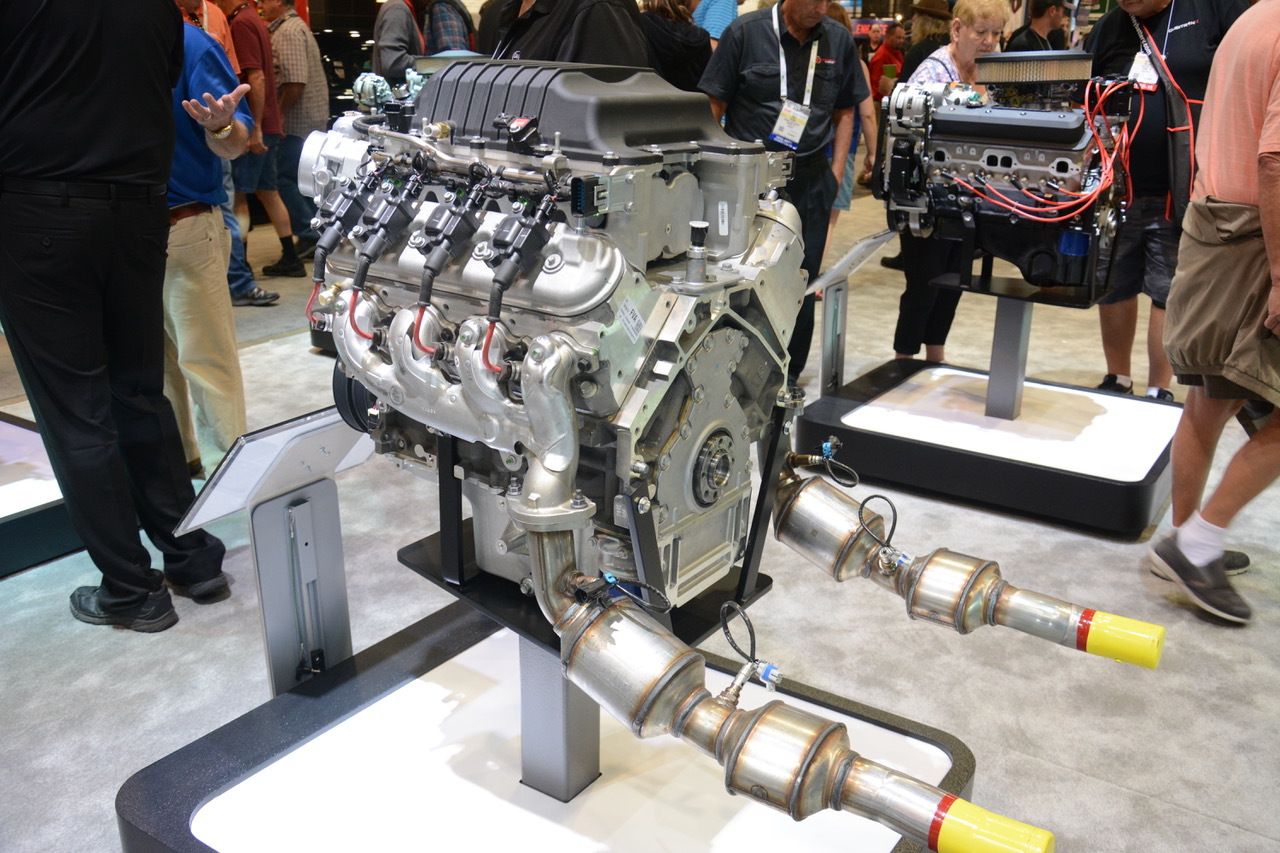
The GM LS3 E-ROD engine is the only engine to a CARB EO.
If you’re looking for more good news on the low volume front, we do have another detail for you. Gosswein relayed to us that while the appointed position of NHTSA administrator continues to be unfilled, there is a new acting administrator who is terrific to work with. The hope is that he may be willing to allow production to start while the regulations are being drafted.
As a legal representative for us in the automotive hobby, SEMA has been delivering a message to government regulators that we can all get behind. Our low-volume manufacturers are waiting to hire workers, build new facilities and contract with suppliers. And customers, both foreign and domestic, are eager to buy. The program is not a loophole for making unsafe cars that don’t play by the same rules. It is instead, a great opportunity to reshape a big part of the collector car market, while working together with regulators to build safe, clean vehicles that generate revenue and tax dollars. All of us in the low-volume automotive hobby have been very patient, but after two years’ idling, we’re ready to step on the gas.

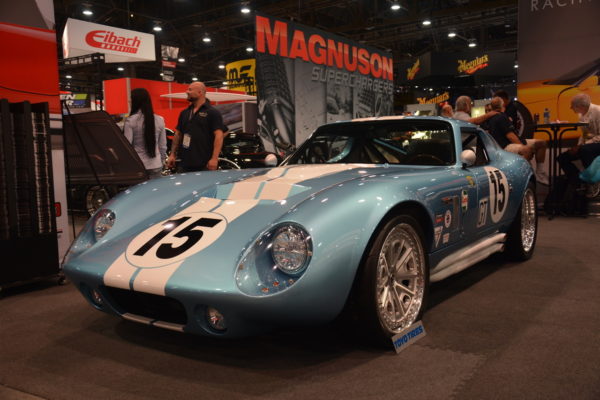
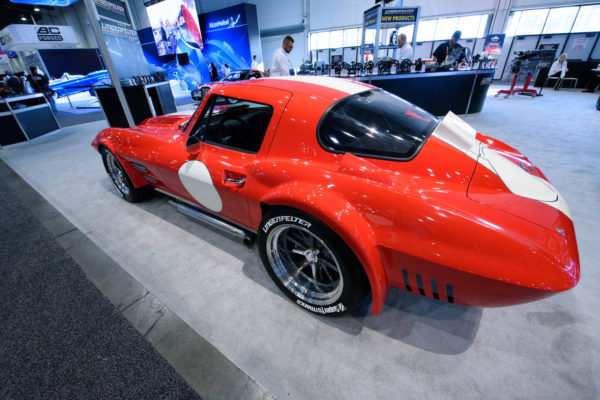
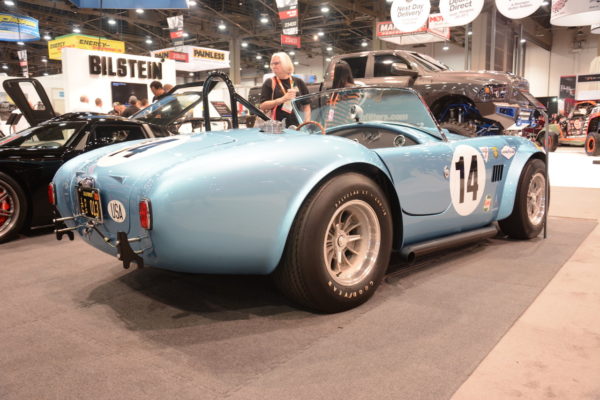
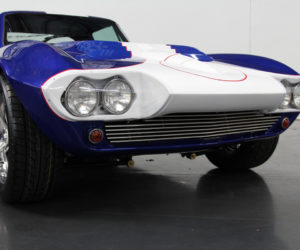
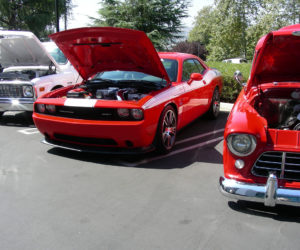

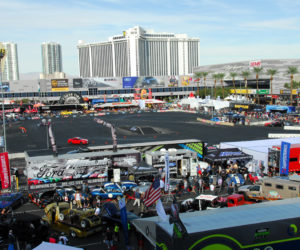
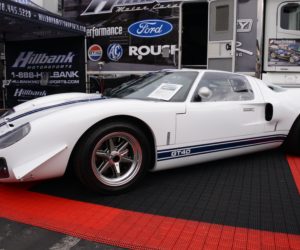
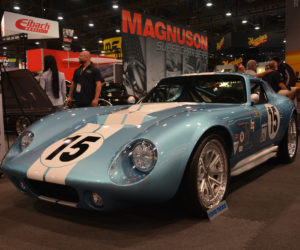




Comments for: Low Volume Motor Vehicle Manufacturers Act Update
comments powered by Disqus